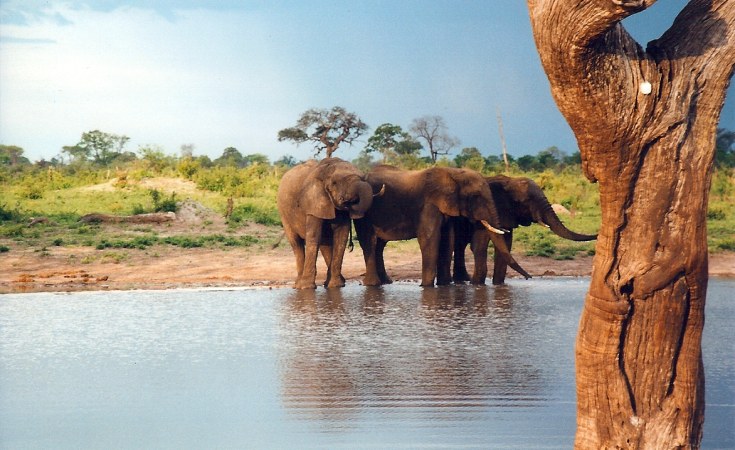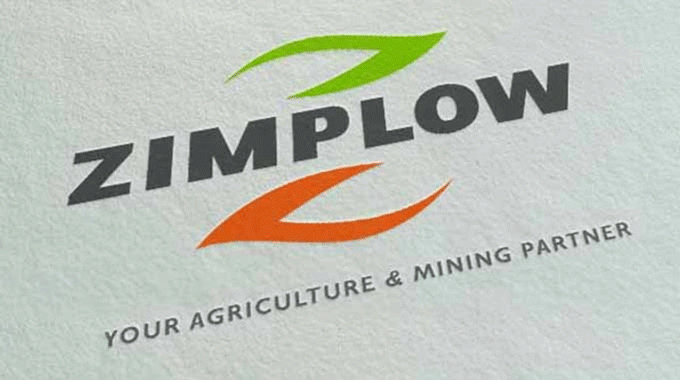
TATIRA ZWINOIRA THE Zimbabwe Parks and Wildlife Management Authority (Zimparks) is underfunded by US$6,76 million this year, raising questions of its capacity to fight wildlife crime.
During a recent media tour of Zimparks ivory and rhino horn stockpile of 130 tonnes and seven tonnes, respectively, it was revealed that the authority had a budget of US$22 780 812 for 2022.
However, this amount will not be met as Zimparks is only projecting revenue of US$16 019 973, against expected expenditures of US$14 385 303. Thus, despite expecting a net surplus of US$1 634 672, Zimparks still remains underfunded.
Speaking before the tour, Zimparks chief finance officer Precious Mhaka said the authority was in a dire financial situation.
“Our revenues are not only affected by Covid-19, but by the price fluctuation that was taking place (exchange rate losses) that saw the expenditure rising. For 2022, we have collected about US$3 million from January to April. We are riding on a loss of about US$826 000,” he said.
“We are in a dire situation as the authority. On average, the authority requires about US$1,5 million (per month) to function well but we are managing to generate US$800 000. There is that deficit of about US$700 000 which is accumulating every month.”
Zimparks earns its money through conservation fees from land and water bodies under the authority. Other revenue generators include boating facilities, accommodation units, annual registration fees, permits, servicing facilities, law enforcement through tickets and fines. More funds come from hunting, leases and rentals, selling park products, training facilities, investment, and trading facilities.
Mhaka said the authority needed money for anti-poaching and law enforcement, park management expenses, scientific research and international relations, training, development, tourism, commercial activities, general administration and staff costs.
- Chamisa under fire over US$120K donation
- Mavhunga puts DeMbare into Chibuku quarterfinals
- Pension funds bet on Cabora Bassa oilfields
- Councils defy govt fire tender directive
Keep Reading
“The staff costs take much of our expenditure,” he said.
The financial report was presented to several European diplomats, a week before a regional elephant summit that was held from May 23 to 26.
The idea was to convince the diplomats to allow Zimparks to sell its ivory stockpile, worth millions of United States dollars, to generate income to meet conservation efforts.
Under the Convention on International Trade in Endangered Species of Wild Fauna and Flora, Cites, enforced on July 1, 1975 to protect endangered wildlife animals, the sale of wildlife products from endangered species is prohibited. The sale of ivory under Cites was banned in 1989.
The last time Cites was successfully pressured by African and Asian countries to allow the sale of ivory was in 1999 and 2008.
“When things staggered, as you can see, conservation fees in 2019 were about US$6 million, they came down to US$1,6 million (2020). Look at our expenses now, they ballooned. Our expenses went as far as US$13 million in 2020 and we actually had a loss/deficit of about US$2,8 million,” Mhaka said.
“But, still, under those circumstances, we managed to score some successes meaning we had austerity measures.”
He added: “Our expenditure went as far as US$16,91 million. Staff costs are high because we have a labour force of 2 000 permanent staff members and around 700 to 900 seasonal contract workers. We had a loss of about US$2,8 million.”











